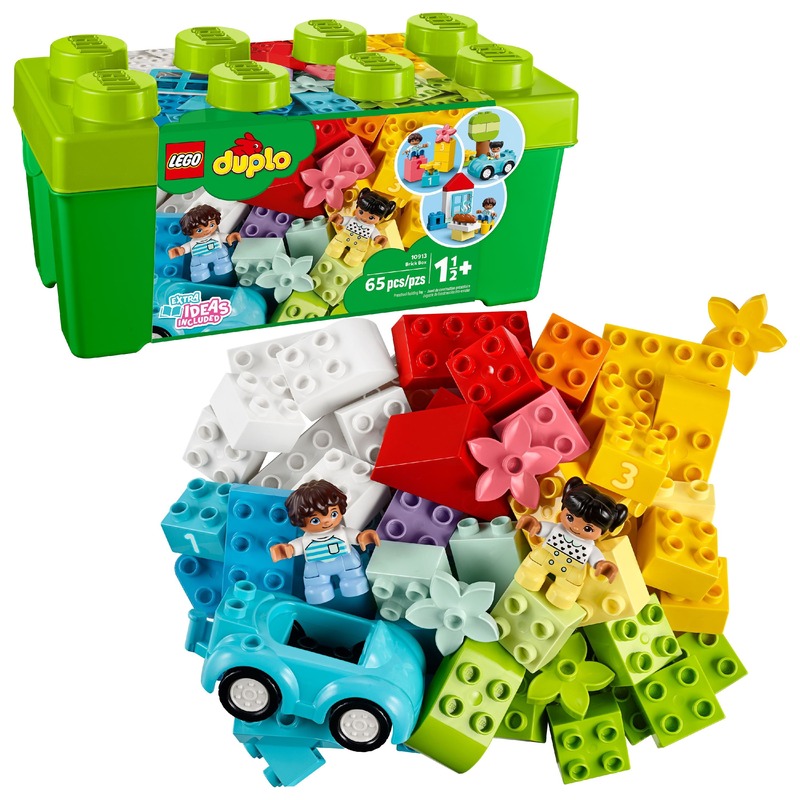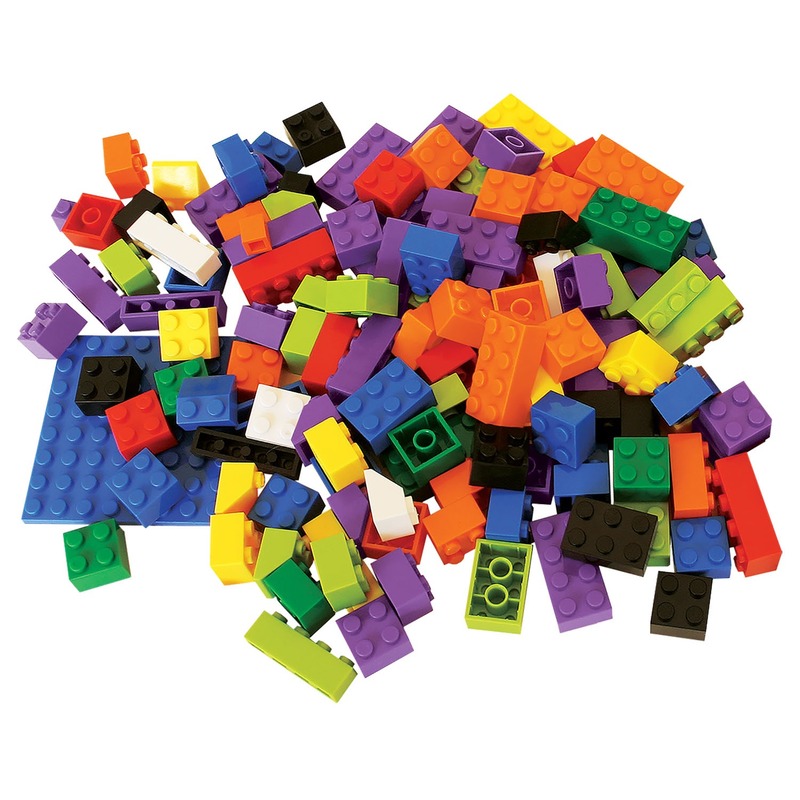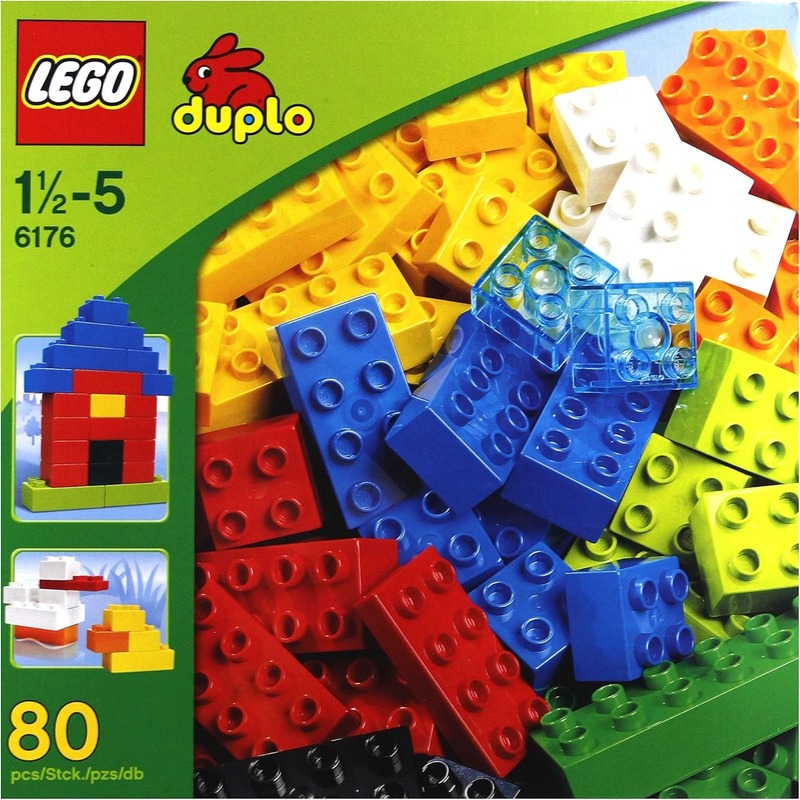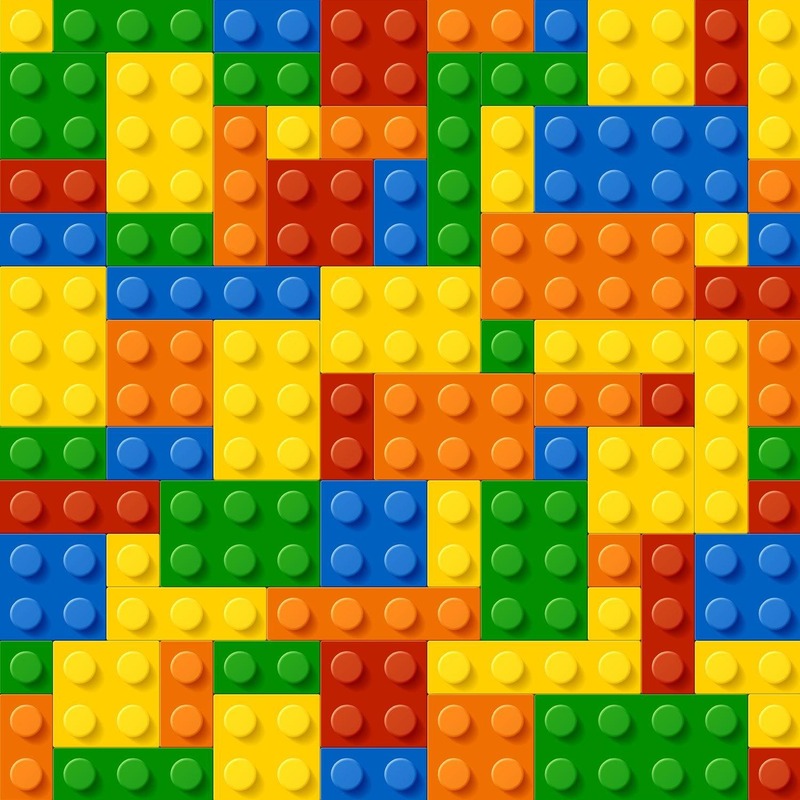The History of Lego Blocks
The journey of Lego blocks began in 1932. It all started in a small carpenter’s workshop in Denmark. A man named Ole Kirk Christiansen founded the company. The name ‘Lego’ came from Danish words that mean ‘play well.’ At first, Lego made wooden toys. In 1949, they introduced the first plastic bricks. These bricks were the forerunners of the lego blocks we know today. They were called ‘Automatic Binding Bricks.’
Lego blocks evolved over the years. By 1958, the bricks had the stud-and-tube coupling system. This design gave a better grip. It set Lego apart from other toy blocks. The unique feature meant endless possibilities. Models could be more stable and intricate. This innovation was a game-changer.
The 1960s saw Lego’s global expansion. Lego blocks became a staple in homes around the world. Over the years, Lego has become more than a toy. It’s a tool for education and a medium for art. Lego blocks enthuse architects, engineers, and artists alike.
In 1998, Lego blocks were inducted into the National Toy Hall of Fame. They’ve won awards for their impact on learning and creativity. The Lego Group also holds records. They have one for the largest Lego castle and for the longest Lego train track.
Lego blocks continue to inspire builders of all ages. They remind us that with creativity, the possibilities are limitless.

Types of Lego Bricks and Sets
Lego offers a vast array of blocks and sets. Each set caters to different interests and skill levels. Starting from basic bricks, Lego has expanded to specialized pieces. These pieces allow builders to create more detailed models. You can find Lego bricks in various shapes, sizes, and colors.
There are classic bricks for simple structures. Then, there are Technic bricks for more complex, functional models. Duplo blocks are larger. They’re perfect for younger builders. Lego has also created themed sets. Themes include cities, space, and famous landmarks.
Collectors and fans might seek out limited edition sets. These often tie into movies, like ‘Star Wars’ or ‘Harry Potter.’ Lego also collaborates with brands and franchises. This makes sure there’s always something new.
The variety of Lego bricks and sets means you can always find the right pieces for your project. Whether you begin with a basic box of bricks or a detailed set, your imagination sets the limits.
Benefits of Building with Lego Blocks
Building with Lego blocks offers diverse benefits crossing age and skill boundaries. Here’s why engaging in Lego projects is advantageous:
- Enhances Creativity: Lego building is a blank canvas for imagination. Create anything from simple shapes to elaborate worlds, all fostering innovative thinking.
- Develops Fine Motor Skills: Assembling Lego blocks requires precision. Children and adults develop hand-eye coordination and dexterity through this process.
- Improves Problem-Solving Abilities: Building with Lego often involves figuring out how to make structures stable and aesthetically pleasing, enhancing critical thinking.
- Promotes Patience and Persistence: Some Lego constructions take time. Builders learn the value of patience and the importance of persistence for completing intricate projects.
- Offers Educational Benefits: Lego blocks are used in STEM learning. They help understand scientific concepts, engineering, and mathematics in a hands-on way.
- Facilitates Relaxation: The methodical nature of Lego building can be very calming. It offers a break from the digital clutter and stress of daily life.
- Encourages Social Interaction: Lego projects can be a team activity. They allow for collaboration, sharing ideas, and improving communication skills.
By building with Lego blocks, people of all ages not only have fun but also develop essential life skills. It’s an activity that combines play with learning and development in a seamless manner.
Step-by-Step Guide on Starting Your Lego Project
Embarking on a new Lego project can be as exciting as it is daunting, especially for beginners. To kick start your building journey, follow this simple step-by-step guide that narrows down the essentials and helps you lay the foundation for a successful build with lego blocks.
1. Set Your Objectives
Begin by setting clear goals for your project. Ask yourself what you want to create. Is it a replica of famous landmarks or perhaps a scene from your favorite movie? Knowing your end goal helps guide your planning process.
2. Choose the Right Lego Set
Different sets serve different purposes. Assess the complexity and pick a set that matches your skill level. For beginners, classic brick sets are advisable, while seasoned builders might opt for Technic or themed sets.
3. Organize Your Workspace
Clear a space that’s large enough for your project. Sort the lego blocks by color or size. This will make it easier to find the pieces you need as you build.
4. Sort Your Pieces
Before you start building, sort your Lego pieces. This step can save you time in the long run and it makes the building process more efficient.
5. Follow the Instructions
Start building by carefully following the instructions provided in the set. This helps you understand essential construction techniques and the function of different types of bricks.
6. Customize Your Build
Once you have a grasp on the basics, don’t be afraid to make changes. Add your personal touch by modifying some sections or integrating unique blocks.
7. Review and Adjust
After you have completed your project, it’s good practice to review and see if there are areas that need improvement or reinforcement.
8. Showcase Your Creation
Display your finished project proudly. Share it with friends, family, or the Lego community for feedback and appreciation.
9. Reflect and Learn
Every build teaches you something new. Reflect on what you learned and what you can improve for your next project.
While these steps will help you get started, remember that practice is key to refining your skills. Each project is a building block towards becoming a seasoned Lego artist. Be patient, enjoy the process, and let your creativity shine with each Lego block you place.

Tips and Tricks for Advanced Lego Building Techniques
Advancing in Lego building requires tips and tricks that can take your models to new heights. Here are some techniques that can help refine your Lego craftsmanship:
- SNOT (Studs Not On Top) Technique: This technique involves positioning Lego blocks sideways or upside down. It avoids the typical studded appearance. It’s great for smooth surfaces and unique angles.
- Interlocking Bricks for Strength: Use overlapping bricks rather than stacking them directly on top of each other. This builds a stronger structure. It’s vital for tall or wide creations.
- Flexibility with Hinges and Joints: To add motion, use hinges and joint pieces. They allow for moving parts in your builds, like doors, lids, or articulated limbs.
- Layering for Detail: Layer smaller pieces over larger ones. This can create a textured look or intricate details on your models, from scales to shingles.
- Using Technic Elements: Incorporate Technic Lego for functionality. Gears, axles, and levers can bring movement and life to your creations.
- Contrasting Colors: Use contrasting colors to highlight features. This can help define different sections of your build and make details pop.
- Customization with Unique Pieces: Search for unique Lego pieces. Add flare to your project with rare bricks or pieces from different sets.
With these advanced techniques, you can enhance the complexity and finish of your Lego models. Keep practicing and experimenting with different methods. Each build is a chance to learn something new and push your creativity further with lego blocks.
Showcasing Popular Lego Creations
Amid the vast world of Lego, some creations have seized the spotlight, wowing enthusiasts across the globe. From towering skyscrapers to functional robots, the potential to create is boundless, with certain builds capturing the imagination of many.
Iconic Architectural Replicas: Skilled builders replicate world-famous landmarks with astonishing detail. The Eiffel Tower, the Statue of Liberty, and the Colosseum come to life in the form of Lego, delighting architecture buffs and tourists alike.
Scene Re-Creations from Movies and Games: Epic battles, iconic settings, and beloved characters from franchises like ‘Star Wars’ or ‘The Lord of the Rings’ are meticulously crafted, transporting fans directly into their favorite fictional worlds.
Intricate Vehicles and Machines: High-performance cars, majestic ships, and detailed trains are popular among Lego fans. Models with moving parts offer builders both a challenge and a sense of achievement upon completion.
Custom Fantasy Builds: Dragons, castles, and entire mythical realms are constructed from the minds of creative builders. These fantasy-inspired creations invite onlookers into a world limited only by the builder’s imagination.
Spotlighting these impressive Lego creations not only inspires others but also showcases the versatility of lego blocks. Whether a novice or an expert, these popular builds serve as a testament to what can be achieved with patience, creativity, and a handful of Lego blocks.
Integrating Technology with Lego Blocks
Lego blocks are not just for manual building anymore. Advances in technology have opened new frontiers in the lego-block experience. Here are some ways to integrate technology with your Lego creations:
- Mobile Apps and Software: There are apps available that can help with design and planning. They simulate structures, helping you visualize before you build.
- Lego Robotics: Kits like Lego Mindstorms allow you to create programmable robots. This brings your models to life with movement and tasks.
- 3D Printing for Custom Pieces: If you need a piece that doesn’t exist, you can design and 3D print it. Make your own unique lego blocks this way.
- Interactive Models with Sensors: Add sensors and motors to make interactive models. These can react to the environment or be controlled remotely.
- Digital Building Communities: Join online forums or groups. Share ideas, get feedback, and find inspiration from other digital Lego builders.
- Educational Platforms: Use Lego blocks in educational software. This can help teach coding, engineering, and robotics in a practical way.
With these tech-savvy methods, you can push the boundaries of what you can do with lego blocks. The blend of traditional Lego building with cutting-edge technology leads to endless creative possibilities.

Finding Inspiration and Ideas for Your Next Build
Finding the spark for your next Lego creation can be both thrilling and challenging. Here are some strategies to ignite your inspiration:
- Explore Lego User Groups (LUGs): Connect with fellow Lego enthusiasts. These groups often share builds and ideas.
- Browse Online Galleries: Websites and social media platforms showcase countless Lego projects. Scrolling through images may trigger your next idea.
- Visit Lego Exhibits: Seeing Lego art in person can give you a new appreciation for what’s possible with Lego blocks.
- Participate in Lego Challenges: Engage in competitions or themed challenges. They can push you to think outside the box.
- Draw from Personal Interests: Incorporate your hobbies or passions into Lego form. If you love nature, why not build a Lego garden or forest?
- Recreate Memorable Life Moments: From weddings to vacations, building scenes from your own life can be deeply personal and rewarding.
- Adapt Art and Literature: Turn a favorite painting or story into a Lego masterpiece. Reimagine these works in brick form.
- Experiment with Different Genres: Try building in genres you haven’t tried before, like sci-fi or historical scenes.
With these sources of inspiration, you’re bound to come up with exciting and original ideas for your next Lego project. Remember, every Lego block is a stepping stone to mastering the art of Lego building. Keep exploring, creating, and enjoying the journey.





